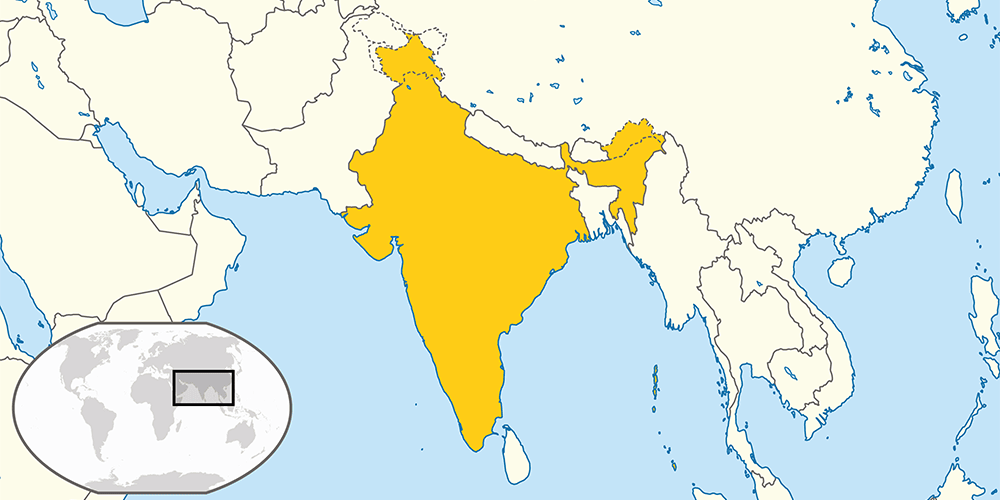Niedrig 10,0–19,9
Mäßig 20,0–34,9
Ernst 35,0–49,9
Sehr ernst ≥ 50,0
Gravierend
Dieser WHI-Wert basiert auf den Werten von vier Komponentenindikatoren:
Anmerkung: — = Es liegen keine Daten vor. Für eine vorläufige Einstufung des Hungerschweregrades für Länder mit unvollständigen Daten siehe Tabelle A.3. Einige Länder existierten in ihren heutigen Grenzen im gegebenen Jahr oder Bezugszeitraum noch nicht.
- Gravierend
- Sehr ernst
- Ernst
- Mäßig
- Niedrig
Anmerkung: Die Daten für die WHI-Werte und Auszehrung bei Kindern stammen aus den Perioden 1998 bis 2002 (2000), 2006 bis 2010 (2008), 2014 bis 2018 (2016) und 2020 bis 2024 (2025). Das Datenmaterial zur Unterernährung wurde in den Zeiträumen 2000 bis 2002 (2000), 2007 bis 2009 (2008), 2015 bis 2017 (2016) und 2022 bis 2024 (2025) erfasst. Die Daten zur Kindersterblichkeit wurden in den Jahren 2000, 2008, 2016 und 2023 (2025) erhoben. Die Daten zur Wachstumsverzögerung bei Kindern wurden in den Jahren 2000, 2008, 2016 und 2024 (2025) erhoben. Siehe Methodik für die Formel zur Berechnung der WHI-Werte und die Quellen, aus denen die Daten zusammengestellt wurden. Die in dieser Karte abgebildeten Grenzen und Ländernamen auf dieser Seite stellen keine offizielle Stellungnahme oder Anerkennung vonseiten der Welthungerhilfe, Concern Worldwide oder des Instituts für Friedenssicherungsrecht und Humanitäres Völkerrecht (IFHV) dar.

